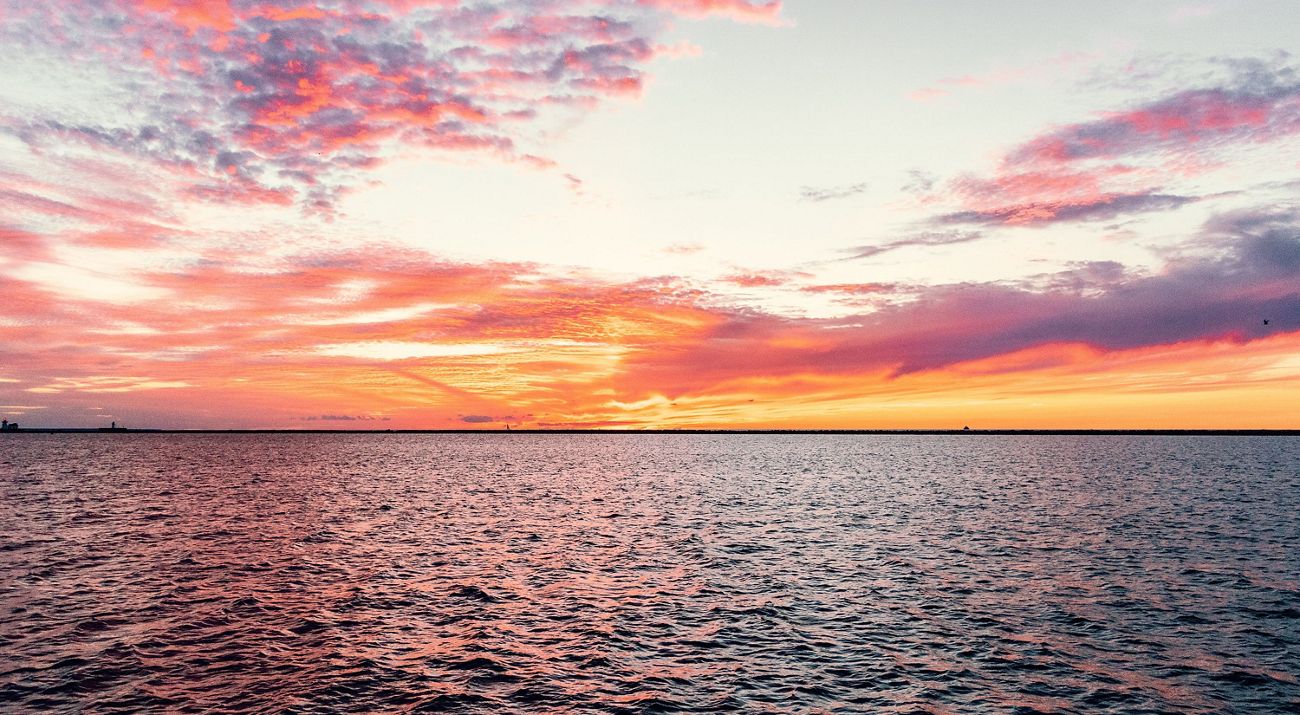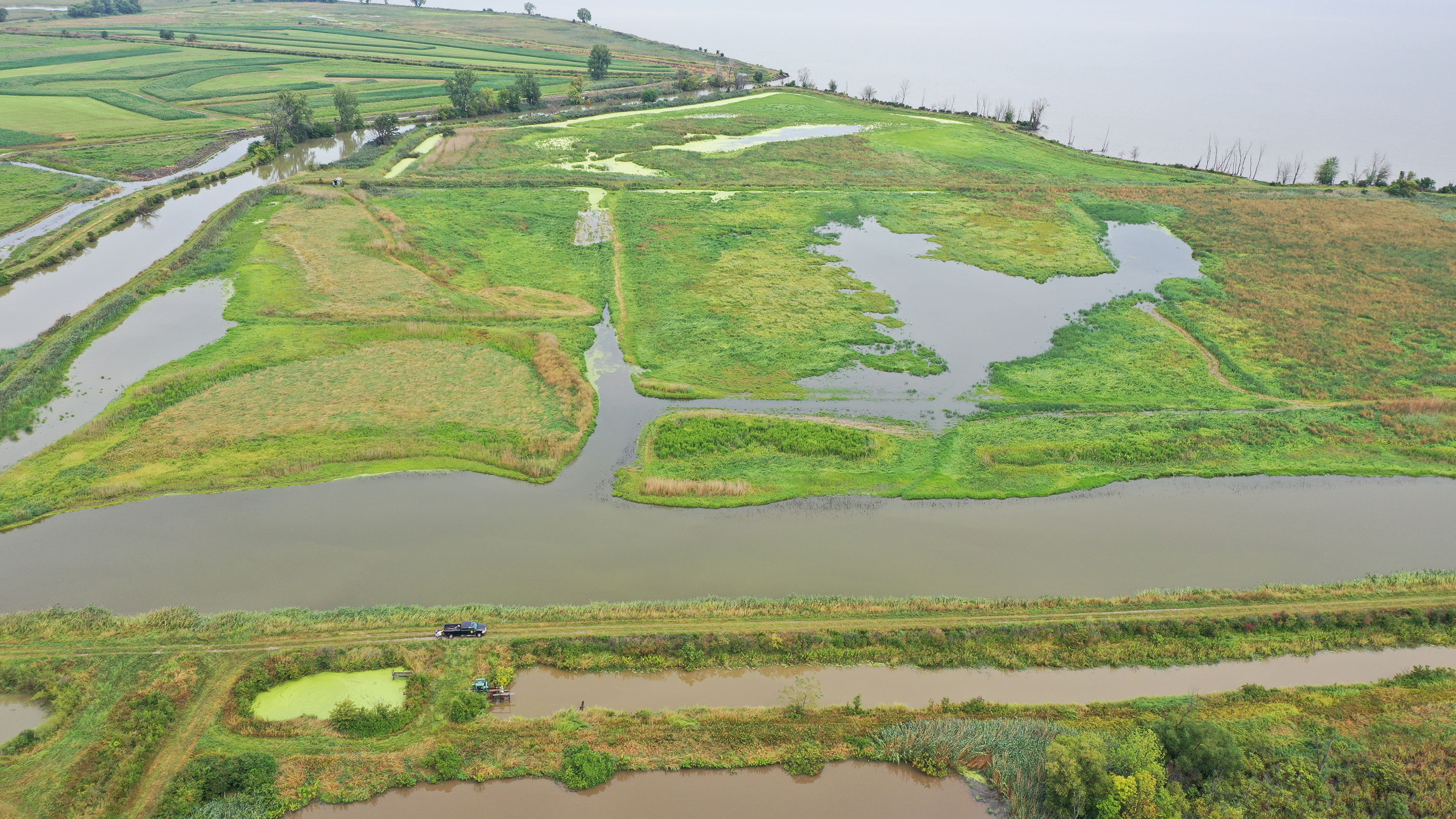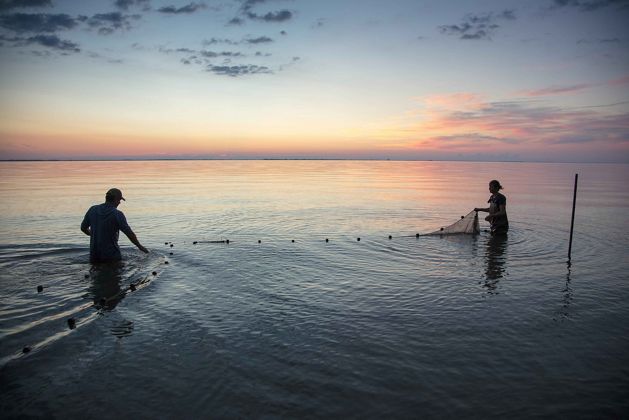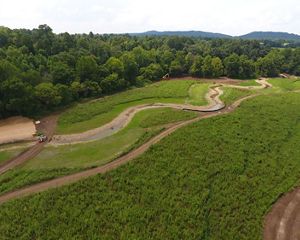Securing Clean Water for Ohio
The health and wellbeing of 11 million people in Ohio is directly tied to the health of our water. Discover how we're protecting clean water for all.
Help Secure Cleaner Water
DONATE NOWFrom the shores of Lake Erie to the banks of the Ohio River, water sustains us. We rely on it for drinking water, industry, recreation and so much more. Lake Erie alone supplies drinking water to 11 million people and contains 50% of the fish found in all of the Great Lakes combined. Along with the other lakes, rivers and streams throughout Ohio and the surrounding lands that cradle them, our health and wellbeing are directly tied to the health of our natural areas.
What We Hope to Accomplish by 2025
-

Habitat Protection and Restoration
Protect 16 miles and restore 5.5 miles of stream to offset impacts from development
-
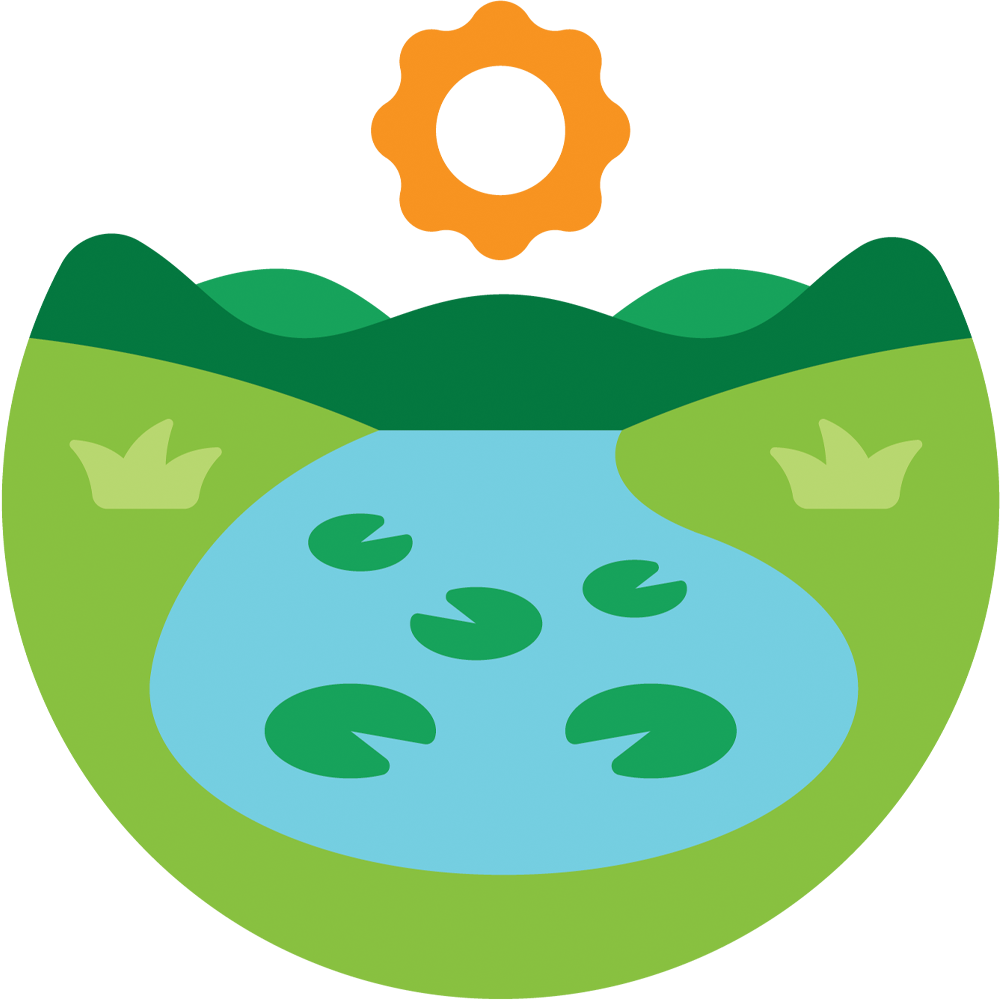
Nutrient Filtration
Restore 23,000 acres of wetlands, floodplains and stream corridors to filter nutrients and improve water quality
-

Sustainable Agriculture
Increase adoption of conservation practices, such as cover crops, conservation tillage and 4R nutrient management, on 8 million acres of farmland to improve soil health and water quality
-

Policy
Advocate for long-term funding for H2Ohio and promote public policy that increases the adoption of soil health and nutrient management practices
How We're Improving Water Quality in Ohio
Historical land use has disconnected and degraded our waterways in Ohio and beyond, but it is not too late to help nature heal. Learn more about the ways The Nature Conservancy is helping to restore clean water for people and nature.
Protecting and Restoring Critical Wildlife Habitat
An incredible array of wildlife species depend on streams, wetlands, rivers and lakes for survival. From restoring Sandhill Crane Wetlands and protecting Snow Lake in the northern part of the state to expanding our Edge of Appalachia Preserve in southern Ohio, TNC is working to ensure wildlife thrives for generations to come.

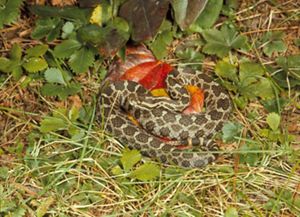
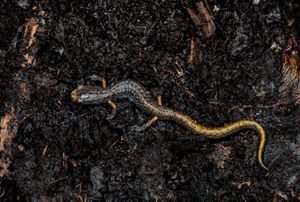
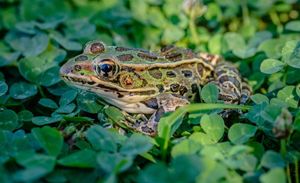

Sandhill Crane: These threatened birds rely on wetland habitat. © Joshua Torres via Unsplash

Massasauga Rattlesnake: These endangered snakes need wet prairies to thrive. © ODNR

Four-toed Salamander: Brown's Lake Bog supports this species of concern. © Anthony F. Belfast

Leopard Frog: Many Ohio species need streams and wetlands to thrive. © Kent Mason
Wetlands and headwater streams are biological powerhouses, providing homes and breeding grounds for birds, reptiles, amphibians, insects and so much more. Protecting these water ecosystems is critical for safeguarding biodiversity in Ohio.
Ohio's wetlands provide important stopovers for migratory birds like threatened sandhill cranes (Antigone canadensis) as they make their journey south for the winter and return home again in the spring. Ephemeral vernal pools provide critical habitat for amphibians like the four-toed salamander (Hemidactylium scutatum), a species of concern in Ohio that migrates to vernal pools and sphagnum bogs each spring to reproduce. Our wet prairies are essential for endangered reptiles like the Blanding's turtle (Emydoidea blandingii) and Massasauga rattlesnake (Sistrurus catenatus) and a variety of rare and endangered mussels rely on our headwater streams and rivers for survival.
Our work in protecting and restoring wetlands, streams, rivers and other waterways helps support the wildlife we know and love. Learn more about the importance of wetlands and how TNC is protecting these critical wildlife habitats throughout the Midwest.
Building Capacity for Nutrient Filtration
Since colonization, 90% of Ohio's wetlands have been degraded or destroyed and many streams have been straightened and channelized to make room for crops. Restoring these critical habitats can restore their ecological function and their ability to filter out nutrients like phosphorus and nitrogen before reaching larger bodies of water.
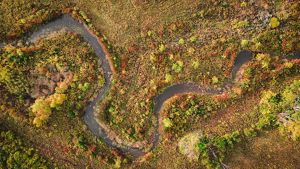

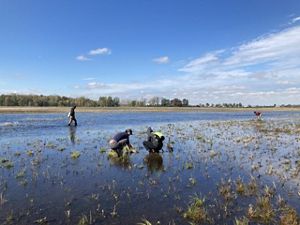
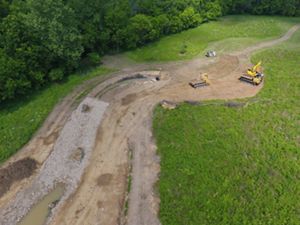

Big Darby Headwaters: TNC staff improved Big Darby Headwaters Creek. © David Ike

Strait Creek: The Ohio Mitigation program restored Strait Creek. © Dana Ohman/TNC

Wetland Restoration: TNC staff work to restore Sandhill Crane Wetlands. © Alexis McCarter/TNC

Strait Creek: Machinery helps restore the degraded Strait Creek. © Dana Ohman/TNC
Ohio Mitigation Program
Founded on federal and state laws that require developers to avoid and minimize harm to wetlands and streams, the Ohio Mitigation Program (OMP) is helping protect and restore stream and wetland habitat throughout the state. The overall goal of the OMP is to ensure that there is no net loss of existing wetland acreage or stream footage and the ecological functions they provide. To date, the program has protected or restored 14,658 linear feet of streams and more than 75 acres of wetlands.

Restoring Natural Infrastructure
Wetlands act as nature's kidneys, filtering excess nutrients and sediment from water before it enters headwater streams and other waterways. TNC is working to identify ideal sites for wetland restoration and recover the critical functions they provide for people and nature. Natural infrastructure projects like Sandhill Crane Wetlands, which restored 280 acres of marginal farmland to native wet prairie habitat in the Oak Openings Region of Northwest Ohio, are helping to improve water quality while providing habitat for a diversity of plants and wildlife. These projects help ensure nutrients are filtered from water before it enters Lake Erie, which can help lessen the severity and impact of harmful algal blooms.
Harmful Algal Blooms
Each year, harmful algal blooms stretch across the Western Lake Erie Basin. Warmer summers and heavier rainstorms that wash fertilizers and sediments from lands upstream create ideal conditions for algae growth. TNC is restoring natural infrastructure to help reduce the severity of these blooms events and improve water quality in the Great Lakes.
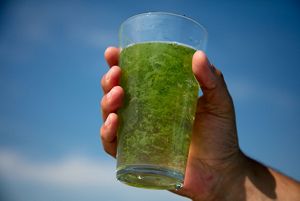
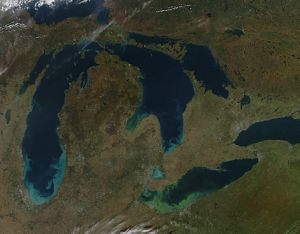
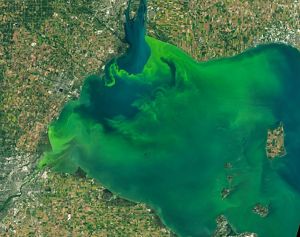
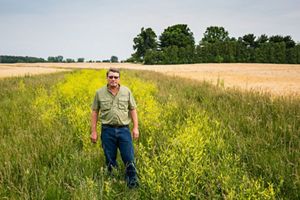
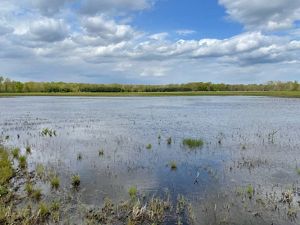

Impacts to Water: Harmful algal blooms threaten drinking water. © Ariana Lindquist

Harmful Algal Bloom: A massive algal bloom and storm-churned sediment color the Great Lakes in this image from October 9, 2011. © NASA

Great Lakes: Algal bloom in the western basin of Lake Erie. © NASA

Ohio Farmer Les Seiler: Sustainable agricultural practices like installing two-stage ditches can help filter nutrients from water before it leaves the farm field. © David Ike

Restoring Ohio Wetlands: Restoration of wetland habitat in Ohio ensures wildlife, including state-threatened sandhill cranes, can thrive. © Alexis McCarter/TNC
2022 Harmful Algal Bloom Forecast
Published annually by National Oceanic and Atmospheric Administration
View ReportEncouraging Nature-Friendly Agriculture
Our world will support an estimated 10 billion people by 2050. We must harness the rising global demand for food by supporting farmers as they adopt sustainable farming practices. TNC is helping educate farmers about sustainable agriculture practices that help protect the health of soil and improve water quality.
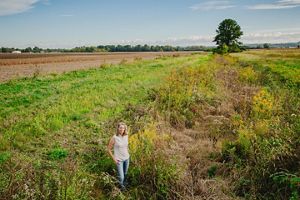

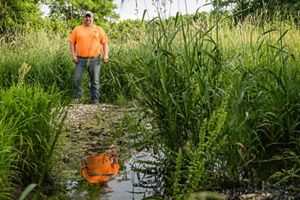
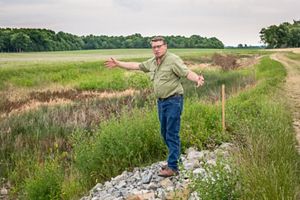

Riparian Buffer: Buffers help filter water before leaving farm fields. © David Ike

Riparian Buffer: Buffers provide habitat and reduce harmful runoff. © Xiaoqiang Liu

Wetlands: On-farm natural infrastructure can help improve nature. © David Ike

Two-stage Ditch: Two-stage ditches like this one can filter nutrients. © David Ike
Farmer Advocates for Conservation
Funded by the Great Lakes Restoration Initiative, the Farmer Advocates for Conservation program aims to reduce nutrient run-off from agricultural fields while building sustainability of farms in the Maumee River Watershed. The program accomplishes these goals by elevating farmers who are actively employing nature-friendly farm practices and providing opportunities for peer-to-peer learning.
Quote: Matt Burkholder
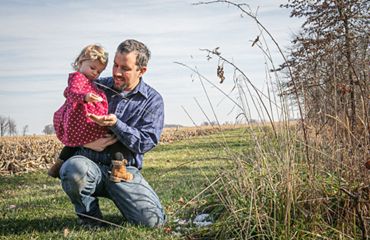
It's enjoyable to sit down with a farmer or somebody that doesn't know anything about farming and explain to them what I'm doing on our farm to improve the quality of life and improve the environment.
4R Nutrient Stewardship
TNC has also been instrumental in supporting the 4R Nutrient Stewardship Certification program by serving on the board and advisory committee, supporting the launch of a data management platform and resource website and creating learning modules for the program. The 4R Nutrient Stewardship Certification Program encourages agricultural retailers and independent crop consultants to adopt proven best practices through the 4Rs, which refers to using the right fertilizer source at the right rate, at the right time and in the right place to help reduce nutrient run-off that contributes to harmful algal blooms. As of 2022, the program supports 54 retail facilities, 5,000 farmers and 2.5 million acres in Ohio and the Western Lake Erie Basin.
Advocating for Water Policy
Launched by Ohio Governor Mike DeWine in 2019 in response to increasing water quality issues across the state, the H2Ohio Program has led to significant results since its passage. TNC helped design the concept for H2Ohio and mobilize support from a broad constituency that includes agriculture, healthcare, small government, environmental groups, tourism and other businesses.
The Future of H2Ohio
H2Ohio's funding relies on appropriations every two years through the state’s biennial budgeting process. To help secure long-term funding solutions for water quality in Ohio, TNC is working alongside partner agencies through public advocacy and direct coordination to create a bond for the H2Ohio Program.
